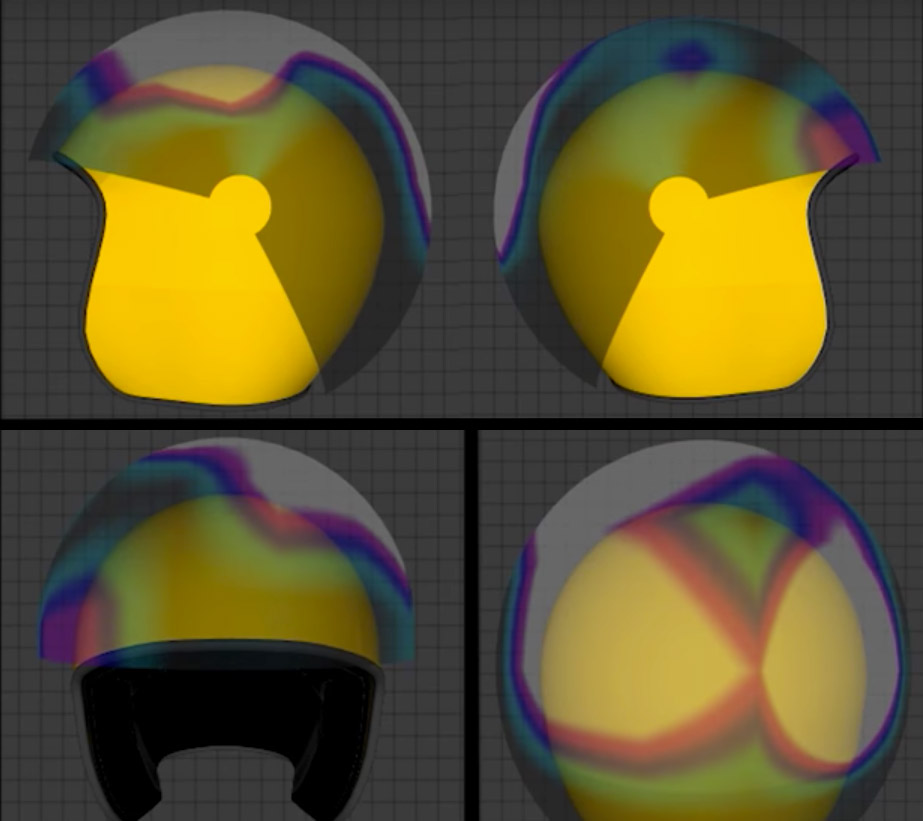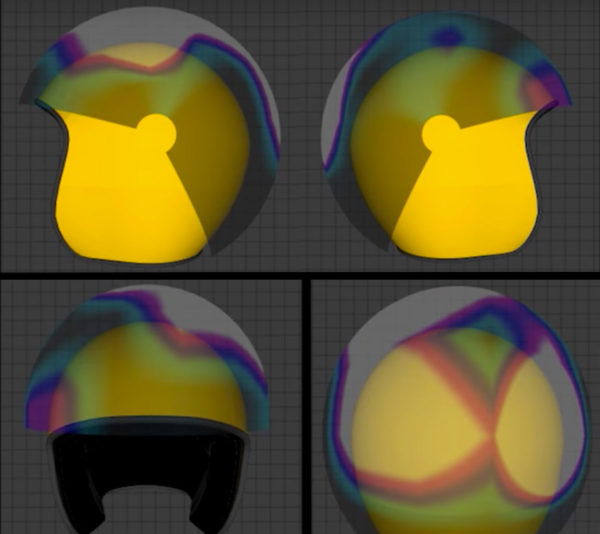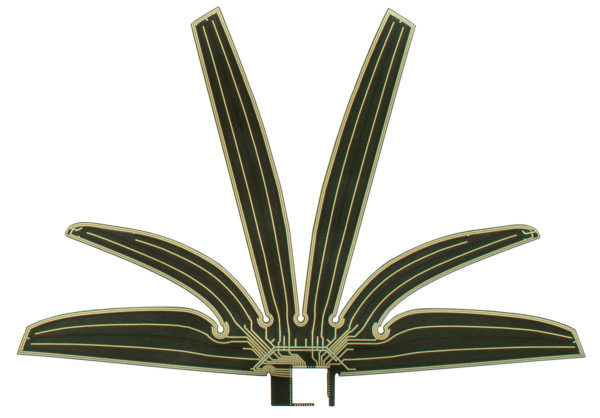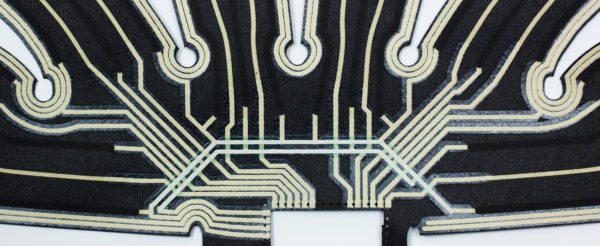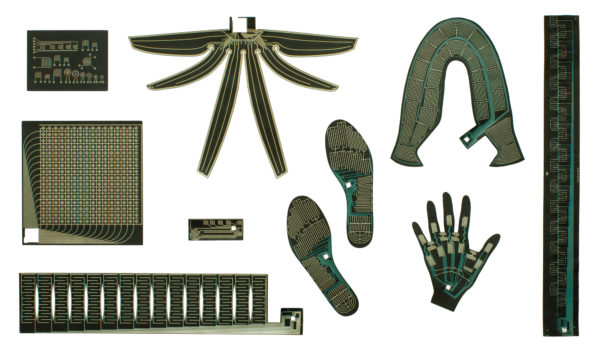No it isn’t the pedal folks, complex jazz, or even a mutant warthog, but BeBop Sensors is an independent company that works with smart fabrics to develop sensor solutions that can be neatly and seamlessly integrated in other companies’ products. They essentially develop tech the gets incorporated into the things we buy through an OEM process.
Their newest tech announced today is the Smart Helmet Sensor System, which they are saying is the first helmet system that uses a ‘Force Location Sensor System’ based on their own flexible fabric sensors. It is said to deliver real-time, high resolution, location-specific impact information, essentially capturing a high-speed movie of an impact incident from the head’s point-of-view, sent over Bluetooth to a paired device. Have a look at what the video looks like, and maybe why it might find its way into certain cycling helmet applications after the break…
The concept at first is to provide detailed head trauma data available to both first responders and for post-trauma study to analyze the impacts of a crash.
BeBop’s specialty is the fabric-based sensors that detect and translate force, location, size, weight, shape and presence across their sensor material and then can communicate that in varying levels of detail and resolution depending on the application. That can include anything from measuring pressure to analyze the fit of pair of insoles, analyzing your grip on a baseball bat or golf club to those sensors in the seats of your car that can tell if someone is sitting in a certain position and whether the seatbelt warning chime should remind you to make your kid buckle up in the back.
Now putting that in a helmet, whether it is for a cyclist, or some motorsports application, can help to better understand how impact trauma translates to and affects the cyclist wearing the helmet. A big part of the idea is to collect impact data, but separate it from the false reporting that can be associated with accelerometer based systems, from things as simple as accidental drops.
Besides collecting exact impact location and intensity data, the system can also be programmed to trigger safety response commands, like an emergency call as we’ve seen with other solutions. By providing detailed mapping and data collection of the trauma, BeBop also aims to deliver more useful information to those treating an accident victim.
